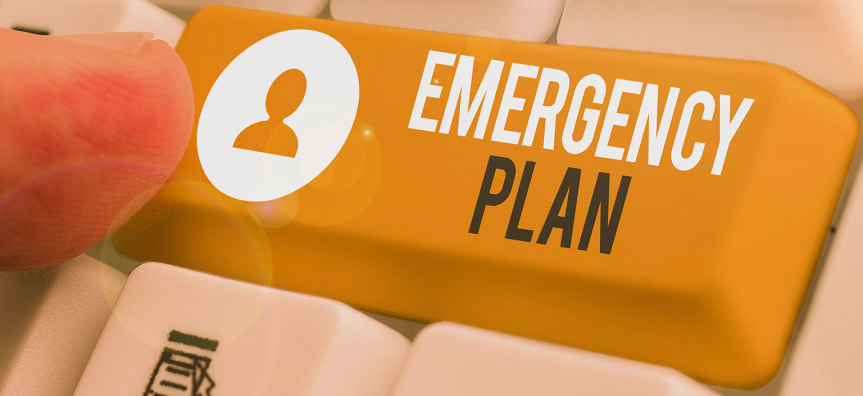Crafting an Effective Emergency Response Plan for Your Business
In today's unpredictable world, businesses face a wide range of potential emergencies, from natural disasters to cyberattacks and pandemics. Having a robust emergency response plan in place is essential for ensuring the safety of employees, protecting assets, and minimizing disruptions to operations. In this blog post, we'll explore the key components of an effective emergency response plan and provide practical tips for crafting one tailored to your business's needs.
Risk Assessment and Hazard Identification: Begin by conducting a comprehensive risk assessment to identify potential hazards and vulnerabilities specific to your business and its location. Consider both internal and external threats, such as severe weather, fire, power outages, chemical spills, and security breaches.
Establish an Emergency Response Team: Designate a team of employees responsible for developing, implementing, and managing the emergency response plan. Ensure that team members receive proper training and have clearly defined roles and responsibilities during an emergency.
Communication Protocols: Establish communication protocols to ensure timely and accurate dissemination of information during an emergency. Determine primary and secondary communication channels, including methods for reaching employees, customers, suppliers, and other key stakeholders. Consider investing in communication tools and technologies, such as mass notification systems or mobile apps.
Emergency Procedures and Protocols: Develop detailed emergency procedures and protocols tailored to different types of emergencies. Include step-by-step instructions for responding to each scenario, evacuation routes, assembly points, and protocols for accounting for employees and visitors. Regularly review and update procedures to reflect changes in the business environment or regulatory requirements.
Resource Allocation and Contingency Planning: Identify the resources needed to support emergency response efforts, such as first aid supplies, emergency equipment, backup power sources, and alternative work locations. Develop contingency plans for maintaining essential functions and services in the event of disruptions to normal operations.
Training and Drills: Provide comprehensive training to employees on emergency procedures, evacuation protocols, and the use of emergency equipment. Conduct regular drills and exercises to test the effectiveness of the emergency response plan and familiarize employees with their roles and responsibilities during an emergency.
Collaboration with External Partners: Establish partnerships and communication channels with local emergency services, government agencies, and community organizations. Coordinate response efforts and share information to enhance preparedness and response capabilities.
Documentation and Review: Keep detailed records of emergency response activities, including incident reports, lessons learned, and post-event evaluations. Use this information to identify areas for improvement and refine the emergency response plan over time.
Continuous Improvement: Maintain a culture of preparedness and continuous improvement by regularly reviewing and updating the emergency response plan in response to feedback, changing risks, or lessons learned from previous incidents.
By following these guidelines and customizing them to fit your business's unique needs and circumstances, you can develop an effective emergency response plan that enhances resilience, protects assets, and ensures the safety and well-being of your employees and stakeholders. Remember, preparedness is key to effectively managing emergencies and minimizing their impact on your business's operations and reputation.


